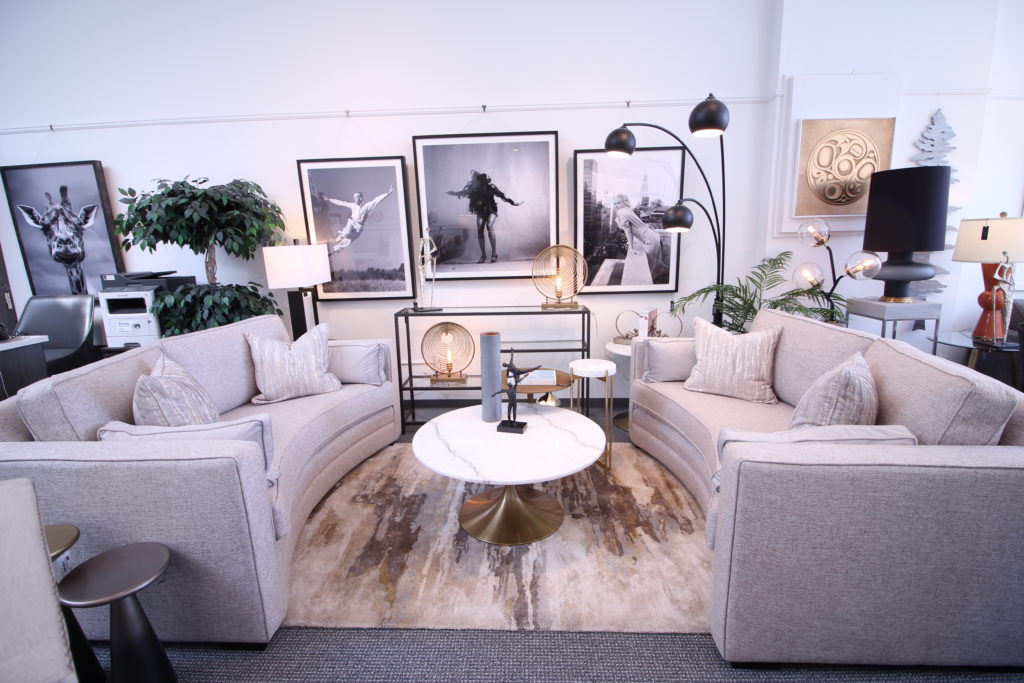Mixing Metals Like a Designer: How to Create a Cohesive Look in Your Home
When decorating your home, paying attention to the small details is essential. One element that often goes overlooked is using different metals in home decor. Mixing metals can add depth and interest to a space, but it can also be tricky to pull off. Here are some tips on mixing metals like a designer and creating a cohesive look in your home.
Understand the Basics of Metal Finishes
Understanding the basics of metal finishes is crucial in achieving a cohesive look in your home. The two main types of metal finishes are Base Metal and Finish Metal. Base Metal is the metal that makes up most of the piece. You would see these metals in things such as hardware, plumbing, light fixtures, etc. Most of these are made from zinc, copper or brass.
Finish Metals, on the other hand, are the metal plating that covers the base. There are various options, including brass, bronze, nickel, chrome, aluminum and iron. The look of the metal finish can also vary based on how it’s applied. The metal finish can range from polished, which has the highest lustre, followed by a softer satin finish, an antique finish, or the lowest lustre finish, which is called matte.
What are the common metal finishes are:
Some of the most common finishes and metals that you will see in interior decor are:
- Chrome: Shiny and reflective, chrome is often used in modern and contemporary design.
- Brass: Warm and rich, brass is often used in traditional and vintage designs.
- Copper: With its reddish-orange hue, copper is often used in rustic and industrial designs.
- Nickel: With its cool and muted colour, nickel is frequently seen in transitional and coastal designs.
- Gold: With its warm and luxurious colour, gold is popular in elegant and glamorous designs.
Now that you know the types of metals, let’s look at HOW to use metallic elements in your home.
Choose 1-3 Metal Finishes
The initial step in creating a cohesive design with mixed metals is determining the appropriate number of metal finishes. Generally, we incorporate 2-3 finishes per room, but in certain situations, such as when aiming for a minimalist look, only one finish may be utilized throughout the space. For small areas, using two finishes is a common practice; for larger rooms, three finishes are popular. When choosing three finishes, the third option is usually a neutral black or white finish to avoid competition with the other two.
To balance the use of various finishes, identify your leading or dominant finish. The leading metal is often the metal already present in the space, such as the metal of your light fixtures or door handles, or it can be a metal you want to introduce to the space. The dominant metal should be used in the most prominent pieces in the room, such as chandeliers, door handles, and furniture legs. The dominant metal should account for 70-80% of the metallic features if you have multiple metal finishes in a room.
Use Metal Accents
After you’ve chosen a dominant metal, use metal accents to add visual interest to the space. These can be smaller pieces such as picture frames, vases, and candle holders. These accents can be in the same metal finish as the dominant metal or in a different finish. The key is to choose pieces that complement each other and work together to create a cohesive look.
Create a Colour Palette
Knowing your colour palette will help you choose the right metals for your space and ensure they work together. When creating a colour palette, think about your home’s overall style and the colours already present in the space. For example, choose metals that add warmth and richness to the room if your home is primarily neutral.
Mix Different Textures
Another way to mix metals like a designer is to combine different textures or lustres. For example, you could use a polished chrome finish on a light fixture and add a piece of copper-plated decor. This will add depth and interest to the space and create a cohesive look. If you mix similar lustres but different metals, these pieces could feel like they are competing. As an example of what not to do, imagine a polished brass headboard next to a polished nickel lamp.
Use the entire space
Instead of placing all metallic features in the same general space or at the same visual height, use the entire room. Consider the height and width of the room and if there are any interesting nooks and areas to use to create visual interest and levels. If you have tall ceilings, a chandelier with metallic elements will draw the eye upwards and pair well with metallic draw handles at a lower level.
Ready to start decorating?
Sometimes all it takes is one little decorative accessory to create cohesion and build a relationship between a few metallic pieces. If you’re still looking to find the right balance between various metallic elements in your home, our design team is here to help. Get in touch today or visit us in the showroom to get some ideas and take advantage of our complimentary design services.

